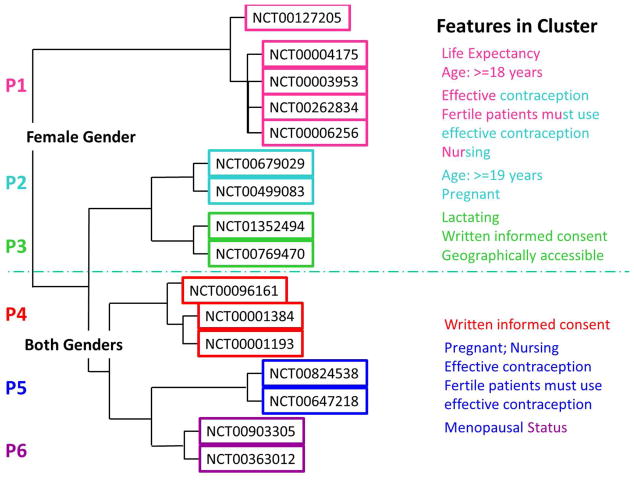Figure 3. Related trials cluster together using patient-characteristic features.
Cluster dendrogram with labels P1–P6 are consistent with Table A.1. The aqua colored dashed line shows how the clusters can be partitioned using gender (i.e., both genders allowed on bottom and females only on top). The other features shared within each cluster are displayed on the far right. They are colored with the same color as their cluster label (P1: pink; P2: sky blue; P3: green; P4: red; P5: navy blue; P6: purple). Dual color labels mean that a particular feature is shared across two related clusters on one side of the gender partition, applied a posteriori. For example, P1, P2 and P5 all share the feature effective contraception but it is shown twice: once on the top part of the dendrogram when gender=female and once on the bottom when gender=both. Similarly, written informed consent is found in P3 on the female only side of the gender partition and it also appears in P4 on the gender=both side of the gender partition. On the other hand, some features were only found on one side of the partition - for example, menopausal status is a unique feature when compared to the other trial clusters, and it is shared only by P5 and P6.

